At The GoodNet we often talk about delivering our customers Good Outcomes, which means increasing their campaign performance whilst reducing its impact on the planet. This is rooted in the idea that sustainability shouldn’t be a trade-off; that it’s possible for marketing spend to fulfil a brand’s objectives, whilst also doing good in the world.
For us, doing good is ultimately rooted in the idea that ad spend can influence consumer behaviour for the better. However, we’re also extremely mindful of the direct Co2 impact that digital advertising has, and we are strong champions of the drive to decarbonize.
To that end, every campaign The GoodNet runs is carbon neutral, (and has been since we began working with our carbon measurement partner, Scope3, in late summer 2022). Clients don’t need to opt in, it’s simply baked into the DNA of how we operate.
Part of this carbon neutrality is about removing campaign emissions in a responsible way through Gold Standard projects. However, the more important part is in the efforts we make to reduce the Co2 emissions of our network, and this is an area where we have made fantastic progress.
A few numbers… since August we have reduced our gCo2PM (grams of carbon per thousand ad impressions) by over 60%. In fact, our network’s gCo2PM is 50% lower than the UK market average. In practical terms that means that in Q1 alone we saved over 50 tonnes of Co2, equivalent to the annual emissions of six family homes. This flies in the face of an assumption sometimes made that mid to long tail publishers are worse from a carbon perspective. This can certainly be true, but is certainly not always the case.

We achieved these reductions in a few different ways. Firstly, we used the data to make product level decisions about which publishers to include in our network and removing those who didn’t meet our standard. Secondly, on every campaign we continually optimise mid-flight towards the highest possible performance and lowest gCo2PM. For example, on a recent campaign for an insurance company, emissions dropped from 30% under the market average at the start of the month to 80% lower by the end.
But this is a nuanced subject as well. There are publishers within our network whose emissions are higher than average, but whose content we think is incredibly valuable in inspiring and educating people to live more sustainable lives. In these cases, the public service and greater good of the content outweighs the Co2PM, and we look to work with them to improve their ad stacks for the future. Conversely, we don’t believe that a publisher with a low gCo2PM whose content actively undermines or works against a sustainability agenda, can ever be considered ‘green media’.
We’re pleased with the progress we’ve made so far, but realise there is still a long way to go. In 2023 we’ll continue to reduce the average emissions of our network, as well as evolving our portfolio of carbon removal partners.


